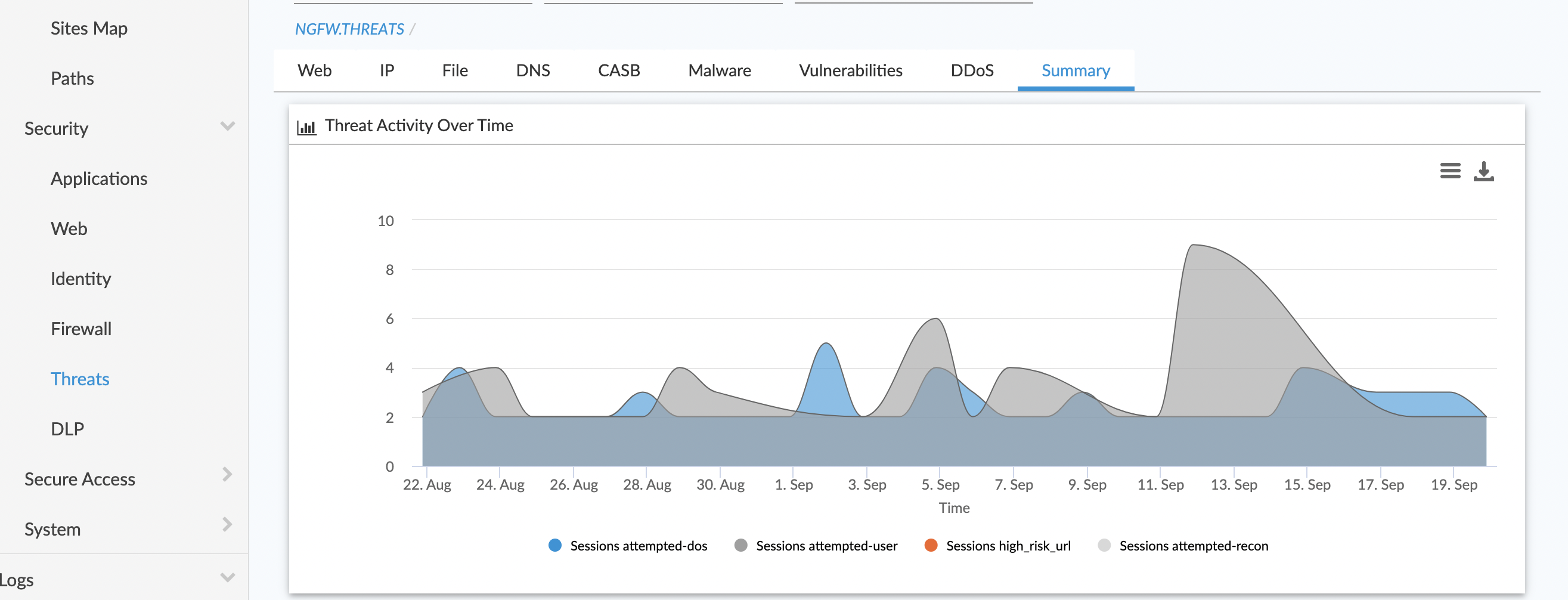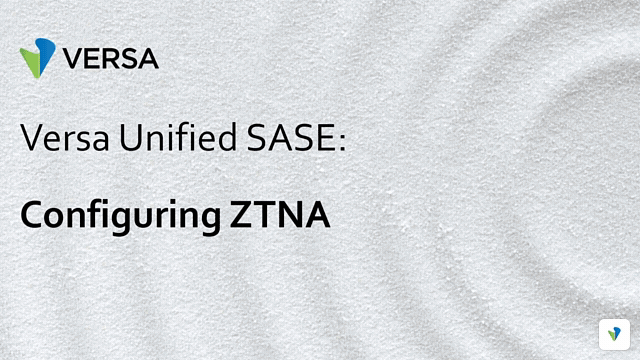Overview
Versa Zero Trust Network Access (ZTNA) connects your users to private applications securely, regardless of location or hosting environment. It integrates seamlessly with your existing tools and apps, ensuring direct, risk-minimized access through least privilege control and continuous trust evaluation. This solution minimizes risk by dynamically adjusting security measures based on real-time analysis of user behavior and network conditions, ensuring business continuity and data integrity.
Discover how Versa ZTNA can fortify your network.
Comprehensive zero-trust security
Enforce least-privilege access based on granular app, user and group policies.
User and group-based policies provide secure, granular control over application access. This ensures that only authorized users can access specific private applications

Key capabilities:
- Application-specific policies
Customize access controls for each application. - User- and group-based policies
Granular identity and group-based policies for secure access and activity controls.
- Dynamic policy adjustment
Policies adapt in real-time based on user behavior and context. - Integration with IAM systems
Seamlessly integrate with Identity and Access Management systems for streamlined access control.

Continuous monitoring and adaptive zero trust
Adapt to evolving threats with real-time secure posture assessment
Continuous assessment of security posture allows for adaptive measures, minimizing exposure to threats. This ensures a robust defense against evolving security risks. Versa’s approach to ZTNA continually verifies users and devices, ensuring no implicit trust – regardless of location.
Key capabilities:
- Continuous verification
Continuously track device security posture and user activities. - Threat detection and response
Identify and respond to threats in real time.
- Stop lateral movement
Versa's adaptive micro-segmentation divides the LAN into microsegments and contains risky users and devices to eliminate lateral threat movement.
Universal ZTNA
Security policies that move with the user
You can centrally manage a unified repository of granular Zero Trust policies that are consistently enforced – whether users are working at home, on the road, or connecting from an office. Not only does this simplify deployment and administration, it reduces complexity and improves your security posture.

Key capabilities:
- Policy follows the user
Ensure security policies are consistent whether users are on-premises or remote. - Continuously assesses security posture
Regularly evaluate and adjust security measures.
- Adaptive security policies
Dynamically change policies based on real-time context. - Integrates with identity providers
Work seamlessly with multiple identity management systems.
